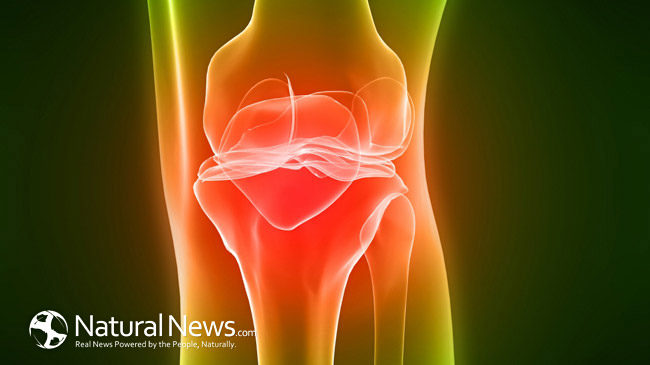Bursa is a sac that is filled with fluid found between the tissues of the muscles, bones, skin, and tendons. The role of the bursa is to provide lubrication to help reduce rubbing, friction, and irritation between these areas. Bursitis is the inflammation of the bursa. This inflammation can be caused by impact to the area, sudden injury, or overuse repetitive motion (painting, carpentry, throwing, tennis, and golf). This condition is also age related because as we get older, the tendons have been worn which makes them easier to tear, have less elasticity, and less tolerable to stressors. Our kinetic chain is composed of bone on top of bone and joint on top of joint stacked in alignment to produce motion. When a bone or joint is misaligned or not in its proper place, stress can be added to the bursa sac. Risk for bursitis also increases in persons with thyroid disorders, rheumatoid arthritis, gout, and abnormal reaction to a medication. Even leaning on your elbows and scrubbing the floors on your knees can cause this.
Bursitis is more common in persons over the age of 40. The five parts of that body that this condition effects are the hip, elbow, shoulder, knee, and Achilles tendon. Bursitis is painful and gradually builds in severity. Bursitis can be so painful, for example, that the area can become immobile. This is the term for the “frozen shoulder” that can result bursitis pain. The area will actually look swollen and red. Its feels achy and stiff and especially tender to touch.
At the first onset of pain, it is important to stop whatever activity you are performing. A baseball player might keep pitching through the pain for the love of the sport, but bursitis might creep and become unbearable to continue. Upon experiencing pain, the area needs to be given rest. Ice should also be applied. The area is inflamed so anti-inflammatories can be used. A doctor might prescribe corticosteroids (a type of steroid) to help reduce inflammation more quickly. This method calls for an injection at the site of the pain. Injections aren’t meat to be repeatedly used. Physical therapy can also be used. This can help improve range of motion that have been compromised due to pain. Surgery for bursitis is used as a last resort.
It is important to be conscious of your joints. Take breaks during repetitive tasks. Keep a healthy body weight so that extra stress isn’t added to the joints. A physical exam by a doctor will let you know that bursitis has struck when you tell them about the area and pain. Sometimes with what we do daily, we forget that wear and tear accumulate. Don’t tests your joint’s capabilities. Don’t test their expiration date. Pain is never pleasant so keep these precautions in mind and your joints will thank you.
https://www.ncbi.nlm.nih.gov/pmc/articles/PMC3689218/
http://www.posturalrestoration.com/resources/dyn/files/1061740zbe190669/_fn/Management_of_a_Woman_Diagnosed_with_Trochanteric_Bursitis_with_the_Use_of_a_Protonics_Neuromuscular_System.pdf
https://www.ncbi.nlm.nih.gov/pubmed/28809635
https://www.ncbi.nlm.nih.gov/pubmed/17681203








